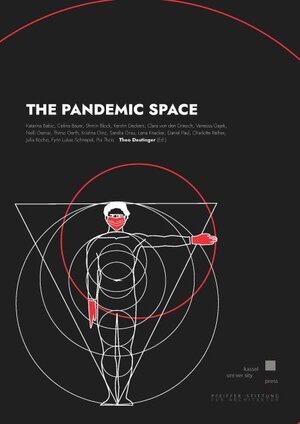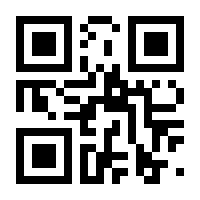
×
![Buchcover ISBN 9783737609135]()
The Pandemic Space
von Theo DeutingerThe Pandemic Space is different. It knows larger distances, lower densities and new greeting habits. The appearance of this space caught us by surprise. With a shocking speed, the measurements to contain the spreading of the virus COVID-19 were introduced. To counter this shock and orientate ourselves anew in our cities, students from the University of Kassel painstakingly recorded, measured and illustrated the Pandemic Space. During spring 2020, when the first wave of COVID-19 sweeps the world, politicians decreed very specific spatial guidelines and developed plans, even with dimension lines - but only in words. The students saw it as their task to translate these verbal designs into real plans and for the first time this Pandemic Space becomes visible in a clearly understandable architectural language. Germany, and in particular the city of Kassel, serves as a case study but many international examples are included to create the opportunity for comparison. In seven chapters, starting with the home and ending with the protest in public space, the specifics of the Pandemic Space are plotted. Five of the seven chapters have an appendix of design proposals. These are first attempts to pro-actively give form to this new space by following COVID-19 regulations but go beyond the pure technical execution of politicians’ request. This snapshots from spring 2020 raise the question: how stable are the condition in the pandemic space, how much will remain and for how long. Specifically, how much plexiglass will separate us in the years to come and how many meters will remain between tables, chairs and people? We don’t know yet. We are still too involved in fighting the virus, too deep inside the Pandemic Space. If we succeed in getting rid of COVID-19, the recordings in this book might be seen as a historical document, if we don’t, the book might be used as a manual for fighting future outbreaks. But it is certain that the careful elaborate analyses in this book also allows criticism of certain nonsense and impossibility inherent in some regulations and recommendations introduced in spring 2020.


